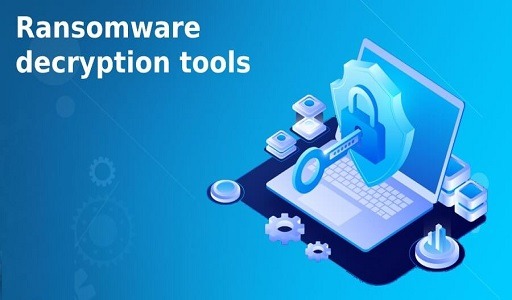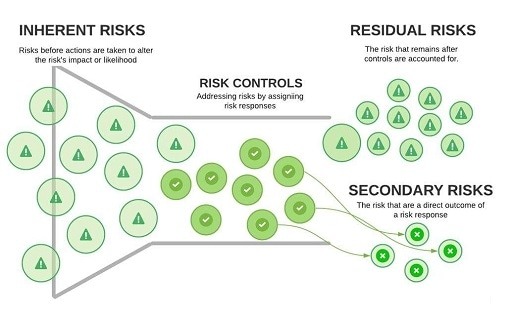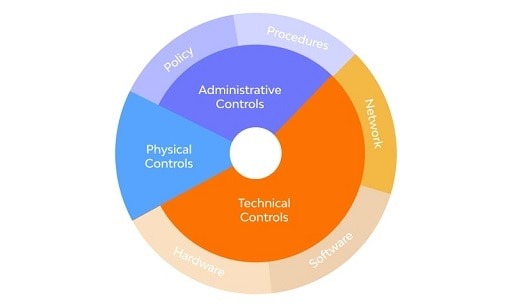Ransomware is an extremely hazardous type of malware responsible for causing billions of dollars in damages. However, is it possible to undo the encryption attacks caused by ransomware? Is it possible to decrypt all forms of ransomware, or are there specific types that are impervious to decryption?

What is Ransomware?
Ransomware is a type of malicious software (malware) designed to block access to a computer system or data until a sum of money is paid to the attacker. It typically works by encrypting the victim’s files, making them inaccessible, and demanding a ransom payment in exchange for the decryption key. Ransomware can be delivered via email attachments, malicious websites, or other software vulnerabilities. It is a serious threat to individuals and organizations, as it can result in the loss of sensitive data, financial loss, and reputational damage.
In some cases, cybercriminals may provide victims with a decryption key after they have paid the ransom, but this is not always guaranteed. In other cases, the attackers may simply take the money and leave the victim’s files encrypted, without providing any means of decryption.
Although ransomware can affect individuals, it is frequently aimed at companies, as they may be better equipped to pay a large ransom.
While ransomware poses a significant threat in the digital world, is there a vulnerability that can be exploited to decrypt all types of ransomware?
How Is Ransomware Decrypted?
Ransomware decryption typically involves the use of a decryption key or tool that can unlock the encrypted files. However, obtaining such a key or tool can be difficult and depends on several factors, including the type of ransomware used and the encryption algorithm employed.
In some cases, security researchers or law enforcement agencies may be able to create a decryption tool based on weaknesses in the ransomware code or by obtaining the attackers’ database of keys. This may be possible when the attackers use weak encryption methods, or if they are careless with their key management.
Another approach is to restore the encrypted files from a backup copy, although this is only possible if the victim has a current and reliable backup. Backups should be stored in a secure location that is not accessible to the ransomware attackers.
It is important to note that not all ransomware attacks can be decrypted, and paying the ransom does not always guarantee that the files will be restored. Therefore, prevention and proactive measures such as regular backups and security software updates are crucial in defending against ransomware attacks.
Can All Ransomware Be Decrypted?
No, not all ransomware can be decrypted. Some types of ransomware use strong encryption algorithms that make it practically impossible to recover the encrypted data without the correct decryption key. Additionally, some ransomware may delete the original data after encryption, making recovery even more challenging.
In some cases, security researchers or law enforcement agencies may be able to develop a decryption tool that can help to recover encrypted data. However, this is not always possible, and even when decryption tools are available, they may only work for certain variants of ransomware or specific versions.
It’s important to note that paying the ransom is not always a reliable solution for decrypting data, as there is no guarantee that the attackers will provide the decryption key or that it will work correctly. Therefore, the best defense against ransomware attacks is prevention, which includes regular backups, software updates, and employee training on safe computing practices.
New Ransomware Targeting Unpatched Microsoft Exchange Servers
Below is a list of some common ransomware strains that decryption tools that have been released:
- Jigsaw.
- Bart.
- Apocalypse.
- BadBlock.
- TeslaCrypt.
- Legion.
- 777.
- SZFLocker.
- Crypt888.
- Aurora.
- InsaneCrypt.
- Striked.
- BTCWare.
- MicroCop.
Although there are decryption tools available for some types of ransomware, not all strains can be decrypted, particularly newer ones. It can take time for developers to release decryption tools, leaving targets vulnerable in the meantime. Additionally, the encryption methods used by more sophisticated ransomware are often harder to crack, leading to longer delays in releasing decryption tools.
Another concerning factor is that some ransomware strains do not have a decryption key at all. For instance, researchers discovered that Cryptonite, a specific type of ransomware, is so simple in design that it does not allow for decryption. Instead, it erases all of the files on the infected device, making it even more dangerous for victims.
Therefore, sometimes the lack of sophistication in a ransomware strain’s code can result in a more hazardous situation for the victims.
Ransomware Can Be Very Tricky to Overcome
Ransomware poses a significant threat to individuals and organizations alike, and it can be challenging to decrypt, putting valuable data at risk. While some ransomware strains can be decrypted, there are still many others for which decryption tools are not yet available. Therefore, it is crucial to employ robust security measures on your devices to avoid falling victim to such attacks.
Would you like to read more about Ransomware Decryption Tools articles? If so, we invite you to take a look at our other tech topics before you leave!










